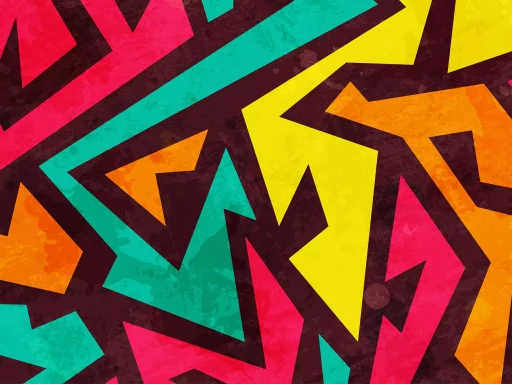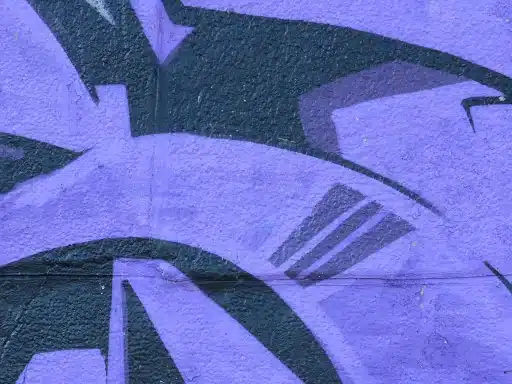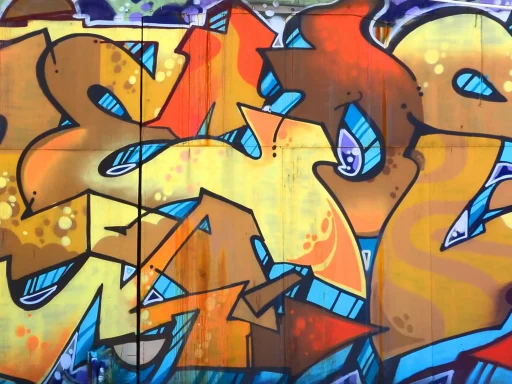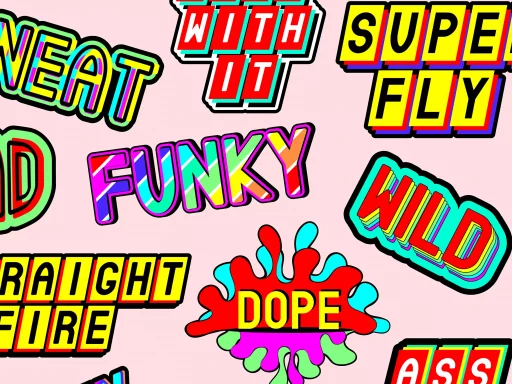Introduction to Pimp Slang
Pimp slang is a unique lexicon that has emerged from the subculture surrounding pimps and prostitution. While often associated with a negative connotation, this form of language serves various social functions and has penetrated mainstream culture in various ways. Understanding pimp slang goes beyond mere vocabulary; it involves grasping the underlying social dynamics and cultural significance of the phrases and terms used.
The Evolution of Pimp Slang
Pimp slang has its roots in African American Vernacular English (AAVE) and has evolved over decades, influenced by social changes, music, and media portrayal. Originally, the language was used to assert authority, but it has since been adapted into pop culture through music genres like hip-hop.
- Historical Context: The term “pimp” itself dates back to the 17th century and has evolved significantly over time.
- Influences: Music, movies, and literature have all contributed to the evolution of pimp slang.
- Regional Variations: Different regions have their own twists on slang, influencing communication styles.
Common Terms and Their Meanings
Here are some of the most commonly used terms in pimp slang and their meanings:
- Pimp: A person who manages sex workers, typically taking a portion of their earnings.
- Ho: A derogatory term for a sex worker, often used interchangeably with “hooker”.
- Down: To be loyal or agree with someone.
- Game: The skillset required to successfully operate within the pimping world.
- Bitch: Used to refer to a woman, often in a possessive manner.
The Social Implications of Pimp Slang
Understanding pimp slang is crucial for decoding the social hierarchies and power dynamics present in the world of sex work. The language serves not only to differentiate members of the subculture but also to reinforce hierarchies and roles within it.
- Power Dynamics: Language can signify authority, often reflecting the relationships between pimps and their workers.
- Identity Formation: The use of slang helps to create a shared cultural identity among members of the subculture.
- Normalization vs. Stigmatization: The presence of sleazy or derogatory terms reflects societal attitudes toward sex work.
Case Studies: Pimp Slang in Pop Culture
Pimp slang has found its way into mainstream culture, often through song lyrics, movies, and social media. Numerous case studies reveal how this language operates within pop culture and its influence on societal views of sex work.
- Eminem: In songs like “Shake That,” Eminem utilizes pimp slang to portray the lifestyle associated with this subculture.
- “Pimp My Ride”: The popular TV show connects the aesthetic of pimp culture to automotive customization, often using the term “pimp” in a playful manner.
- Movies: Films like “Hustle & Flow” depict the struggles of a pimp, integrating slang to lend authenticity to the dialogue.
Statistics on Language and Society
According to a survey by the Pew Research Center, around 65% of Americans believe that the portrayal of sex workers in media has a significant influence on public perception. Furthermore, studies show that the normalization of terms from pimp slang in music increases acceptance of those involved in sex work.
- 65% of people believe media portrayal shapes public perception of sex work.
- 30% of hip-hop songs contain references to sex work or associated slang terms.
- 45% of respondents in a UK-focused study linked pimp slang to a more relaxed attitude toward casual relationships.
Conclusion: Decoding the Language of Pimp Culture
Pimp slang serves as more than just a collection of words; it forms a critical component of the cultural identity within its subculture. Understanding these terms enriches our comprehension of the dynamics at play between power, identity, and social norms. As the global conversation about sex work continues to evolve, so too will the language associated with it.






